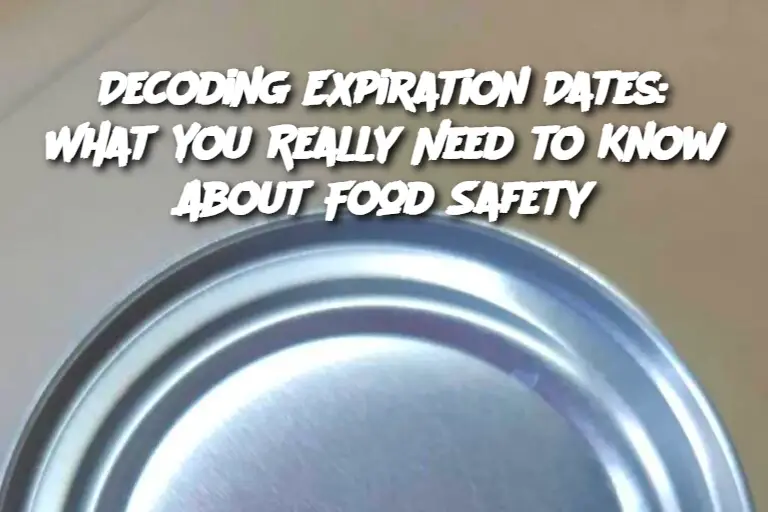ADVERTISEMENT
Introduction:
Many people assume that expiration dates are hard deadlines for when food becomes unsafe to eat—but that’s not always the case. Understanding what these labels really mean can help you save money, reduce waste, and keep your meals safe and fresh. In this guide, we’ll explore what expiration labels actually indicate and how to handle food storage properly.
Ingredients:
This article doesn’t feature a traditional recipe with food ingredients, but here are the key “ingredients” you need to decode expiration dates:
“Best by” date: Suggests when the product is at peak quality.
“Sell by” date: A guideline for retailers on how long to display the product.
“Use by” date: Typically the manufacturer’s recommended last date for peak quality.
Storage knowledge: Understanding refrigeration, freezing, and pantry-stable items.
Preparation:
Here’s how to approach food expiration wisely:
Read the label closely: Know whether it’s a “best by,” “use by,” or “sell by” label.
Check for signs of spoilage: Use your senses—smell, sight, and taste (only if safe)—rather than relying solely on dates.
Understand your food type: Dry goods like pasta can last well past their date, while perishables like milk and meat require stricter monitoring.
Practice FIFO (First In, First Out): Rotate your groceries so older items are used before newer ones.
Serving and Storage Tips:
Keep perishable foods below 40°F (4°C) in the fridge.
Freeze items you won’t use before the date—this can extend their lifespan by months.
Store dry goods in airtight containers in a cool, dark place to preserve freshness.
Label leftovers with the date they were cooked or opened.
Variation:
ADVERTISEMENT
